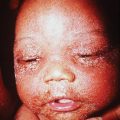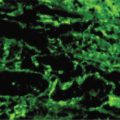CASE 28
Fred, a 40-year-old man, is well known to the local shelters, including the one you supervise, because he has lived on the streets for several years. He is a known alcoholic and has had tuberculosis in the past, for which he was successfully treated under careful supervision. You have noticed that he has been moving more slowly over the past few days and inquire whether he is feeling like himself. He admits to some general fatigue, particularly in the legs, which just “don’t seem to want to carry him around anymore like they used to.” The following morning, the fellow who sleeps in the cot next to Fred indicates to you that Fred cannot seem to get out of bed. You confirm this problem, and you call the emergency medical service (EMS) to transport him to the hospital. To your surprise, when you get to the hospital to visit him, the receptionist tells you that he is seriously ill, is in the intensive care unit, and has been intubated because he was no longer able to breathe for himself.









